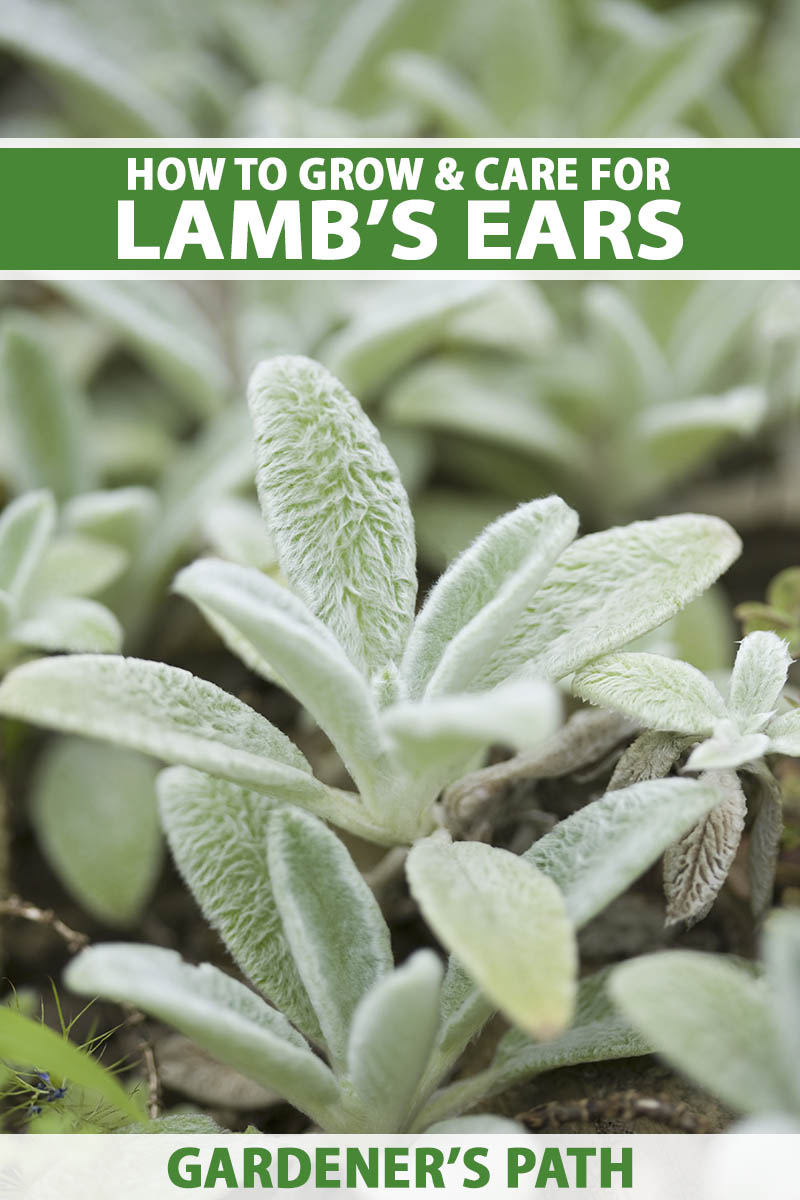These plants add color and contrast to the garden while complementing the softness of the lamb’s ear. They also attract pollinators, making your garden more vibrant and lively. As the saying goes, “Lamb’s ear is a plant that works well with practically anything.” Choose plants that have similar sun and water requirements
| Highlights | Description |
| Lush Foliage | Ambitious landscaping with hardy plants. |
| Low Cost | Budget-friendly gardening with little upkeep. |
| Resilient | Hardy plants suitable for a variety of climates. |
| Year-Round Appeal | Greenery that stays vibrant year-round. |
| Unique Texture | Fuzzy, soft leaves add visual interest. |
Where Is The Best Place To Plant Lambs Ears?
If you’re looking for a low-maintenance plant that will add texture and interest to your garden, look no further than lambs’ ears. This popular perennial is easy to grow and care for, and it adds a soft, fuzzy texture that contrasts nicely with other plants. But where is the best place to plant lambs’ ears? These plants prefer well-drained soil and full sun, so be sure to choose a spot that gets plenty of sunlight and isn’t too damp.
They also do well in rock gardens or as a border plant. Plant them in a spot that gets plenty of sun and enjoy their fuzzy foliage all season long.
If you’re looking for a low-maintenance plant that will add texture to your garden, plant lambs’ ears in well-drained soil and full sun.
Important item:
- Lambs’ ears are low-maintenance and add texture to your garden
- They prefer well-drained soil and full sun
- They work well in rock gardens or as border plants
| Relevant title 1 | Lambs ear landscaping ideas |
| Relevant title 2 | Lambs ear companion plants |
| Relevant title 3 | Lambs ear and lavender |
Will Lamb’s Ear Take Over A Garden?
If you’re looking for a low-maintenance, drought-tolerant ground cover that’s soft and fuzzy, lamb’s ear (Stachys byzantina) could be a good choice. But will it take over a garden? The answer is yes, it can spread easily and quickly, especially in ideal growing conditions such as full sun and well-draining soil.
However, you can control its spread by dividing and replanting every three to four years, or by trimming back the flowers before they go to seed. Keep an eye on your lamb’s ear, but don’t be afraid to include it in your garden for a unique textural element.
Tip: To prevent lamb’s ear from taking over, prune back flowers before they go to seed and divide every three to four years.
Important items to note:
– Lamb’s ear is a low-maintenance, drought-tolerant ground cover that spreads easily.
– It does well in full sun and well-draining soil.
– Control its spread by dividing and replanting every three to four years or by pruning back flowers before they go to seed.
Not:In addition to the information we have provided in our article on
lambs ear garden ideas images, you can access the wikipedia link here, which is another important source on the subject.
Related Article: Why You Should Help Your Monstera Climb a Tree?
How Do You Use Lamb’s Ear In Landscape?
Lambs Ears is a useful ground cover that looks great as an edging for the driveway or in a rock garden or border. It likes poor, well-drained soil and does well in full sun or partial shade.
Lamb’s ear is a low-maintenance, drought-resistant perennial that is perfect for landscaping. It’s soft silver-green leaves and textured appearance make it an attractive addition to any garden or lawn. Not to mention, it’s also an excellent ground cover. Utilize lamb’s ear as a border, lining walkways or as an edging around flower beds.
You can also mix it in with other plants for a unique look. It’s important to note that lamb’s ear prefers well-drained soil and areas with full sun or partial shade. With its versatility, low maintenance, and attractive appearance, lamb’s ear is a great option for anyone looking to spruce up their landscape.
Lamb’s ear is a low-maintenance, drought-resistant perennial that is perfect for landscaping.
Some important tips for using lamb’s ear in landscape:
– Lamb’s ear is often used as a border, edging or ground cover due to its low height and spreading qualities.
– It prefers well-drained soil and areas with full sun or partial shade.
– Lamb’s ear can be mixed with other plants to create an interesting texture and color scheme in the garden.
Is Lambs Ear Fast Growing?
Lamb’s ear is a fast-growing plant that is usually planted in the spring. A few new plants or cuttings that are started early in the spring can fill a large area by fall. These well-known plants quickly form low mats of leaves and are grown more for the texture and color of the leaves than for the flowers.
Lamb’s Ear, also known as Stachys Byzantina, is a fast-growing perennial herb plant that is popular for its soft and velvety texture. Yes, Lambs Ear is fast growing
It can grow up to 12-18 inches tall and 18-24 inches wide with leaves that resemble lamb’s ears. The plant can thrive in full sun or partial shade and requires average to moist soil conditions.
Lamb’s ear is also drought tolerant and deer resistant, making it an ideal addition to gardens or landscapes. With proper care, Lamb’s Ear can spread quickly and serve as a ground cover or border plant. With these properties, it is no wonder that Lamb’s Ear is a popular choice for gardeners looking for an attractive and easy-to-grow plant.
